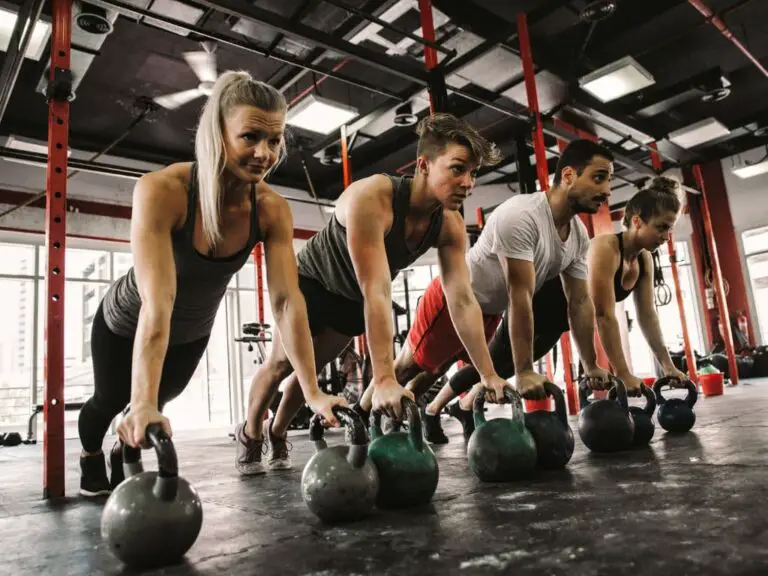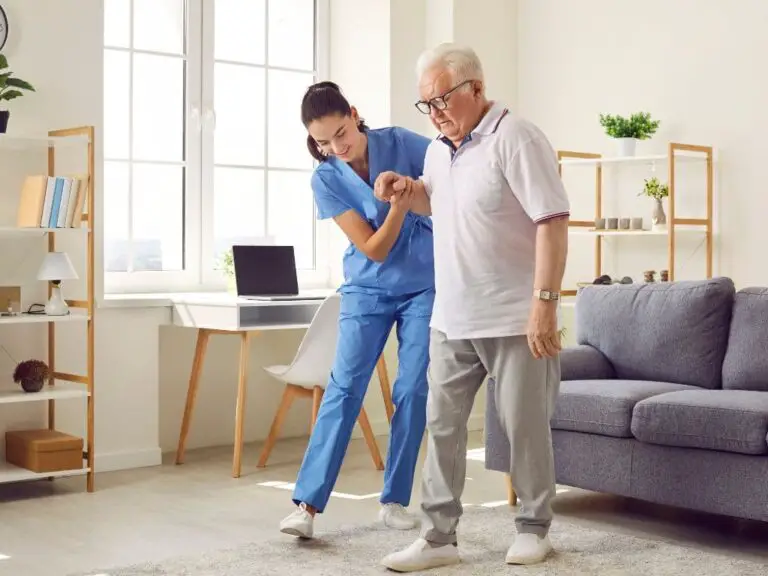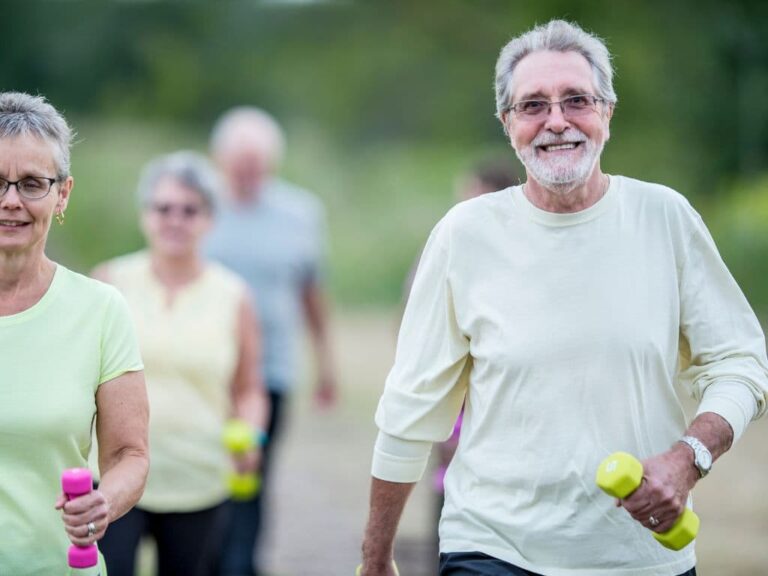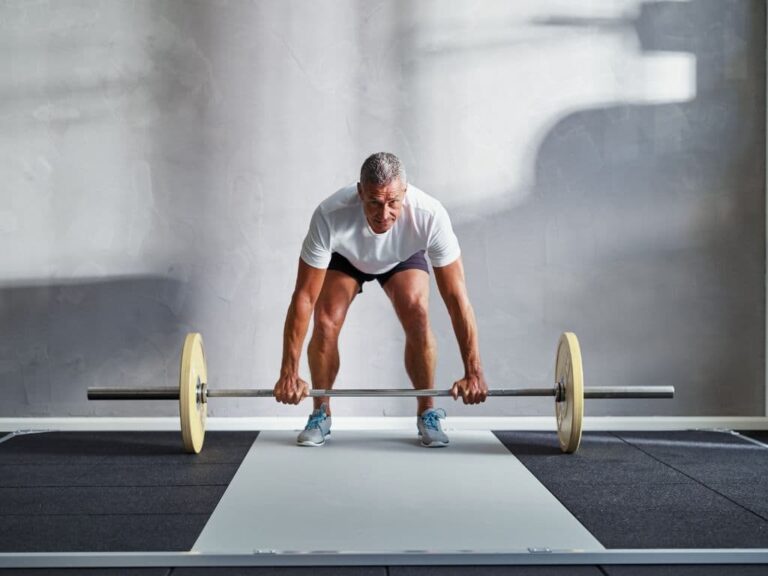How Often Should a 71 Year Old Exercise?
Regular physical activity is vital for older adults to maintain health and wellbeing. For 71-year-olds, staying active through exercise can help reduce the risk of chronic diseases, preserve strength and mobility, and support a high quality of life into old age.
However, many seniors are unsure how much exercise is recommended and safe at this age.
A healthy 71-year-old should aim for 150 minutes of moderate-intensity aerobic activity or 75 minutes of vigorous-intensity aerobic activity each week. Additionally, muscle-strengthening activities that involve all major muscle groups should be performed on two or more days per week. It’s important to balance exercise with rest and gradually increase intensity over time.
Determining the right types, frequency, and intensity of workouts allows 71-year-olds to gain the multitude of physical and mental benefits of exercise while avoiding injury or burnout. This article explores evidence-based recommendations to help 71-year-olds start an exercise routine, increase activity gradually, recognize overexertion, and find engaging programs tailored for seniors.
With a balanced approach, adults in their early 70s can make exercise a rewarding lifelong habit that enhances cardiovascular health, strength, flexibility, mood, and longevity.
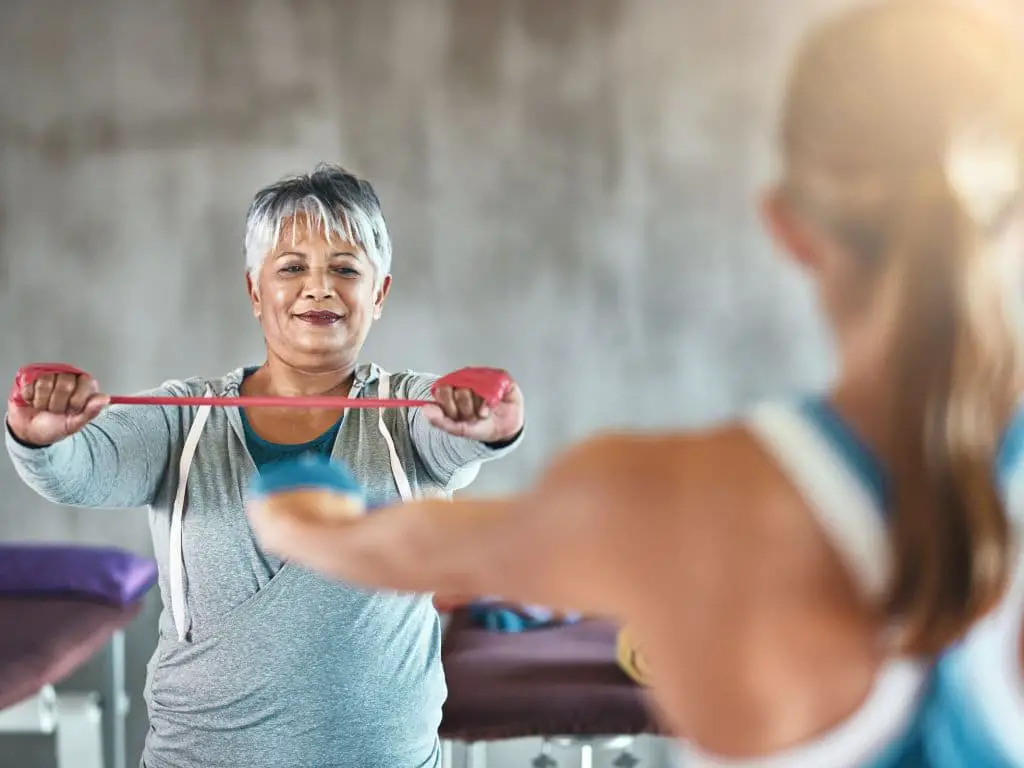
How Much Exercise Should a 71-Year-Old Get Each Week?
It is crucial for senior citizens and older adults to maintain an active lifestyle through regular physical activity and exercise. For a relatively healthy 71-year-old, experts recommend getting 150 minutes of moderate-intensity aerobic activity or 75 minutes of vigorous-intensity aerobic activity every week.
Additionally, it is advisable to incorporate muscle-strengthening activities that target all major muscle groups on 2 or more days per week. However, the exact amount and intensity of exercise should be determined based on the individual’s health status and fitness goals.
The health and well-being of 71-year-olds can be greatly improved through staying physically active. Regular exercise helps maintain cardiovascular health, strong bones and muscles, and good balance and flexibility into old age. It also reduces the risk of chronic diseases like heart disease, type 2 diabetes, and certain cancers.
Moreover, exercise can enhance mood and cognitive function while supporting greater mobility and independence. Establishing exercise habits in the early 70s allows one to continue reaping these benefits well into their late 70s, 80s and beyond.
What Types of Exercise Are Best for Older Adults?
For most healthy 71-year-olds, moderate-intensity aerobic activities like brisk walking, recreational swimming, light cycling or dancing are ideal. These types of activities increase heart rate and breathing without overexerting oneself. Moderate exercise offers numerous benefits for seniors including reduced anxiety and depression, better heart health, and improved sleep quality. It also enhances cardiovascular endurance.
Vigorous-intensity activities like running may be suitable for some very fit 71-year-olds, but it’s important to check with a doctor first. High-intensity exercise places greater strain on the heart and body, so caution must be exercised. That said, vigorous activities help build strong muscles and bones, and increase longevity if appropriate for one’s level of fitness.
Along with aerobic exercise, it’s vital for seniors to do strength training 2-3 times a week. Lifting weights, using resistance bands, or doing bodyweight exercises improves strength, balance, muscle mass, fortifies bones, and maintains mobility.
Flexibility exercises like yoga are also recommended to enhance overall function and reduce injury risk. Walking and swimming are great well-rounded activities that provide both aerobic and strength benefits.
Here is a table of some of the best exercises for a 71 year old:
| Exercise | Benefits |
|---|---|
| Walking | Improves cardiovascular health, strengthens muscles, helps with balance |
| Swimming | Low-impact, provides cardio and strength benefits |
| Strength training | Builds muscle, improves mobility and balance |
| Yoga | Enhances flexibility, balance, and mood |
| Dancing | Fun cardio workout that improves coordination |
| Tai Chi | Promotes strength, flexibility, and balance |
| Gardening | Provides light strength training and cardio benefits |
| Stretching | Increases flexibility and range of motion |
| Water Aerobics | Low-impact pool exercises to improve cardio and strength |
| Chair Exercises | Modified routine to improve mobility while seated |
How Can I Gradually Increase My Exercise Routine?
For 71-year-olds who are new to exercise, it’s important to start slow and build up gradually. Walking is an excellent way to ease into a routine. Start with 10-15 minutes per session and steadily add time. Once comfortable walking 30+ minutes most days, consider mixing in short segments of jogging or biking.
Activities like dancing, yoga, tai chi and Pilates are also fantastic for older adults. They slowly develop endurance, strength, flexibility and balance through gentle, low-impact movements. Attending beginner classes 2-3 times a week allows seniors to safely increase their activity levels while having fun. However, be sure to listen to your body and take rest days as needed – recovery is key!
What Are Some Signs That I Am Overdoing It?
It’s essential for 71-year-olds to find the right balance between exercise and rest. Pushing oneself too hard can lead to injury, fatigue or burnout. Indicators of overexertion include shortness of breath, dizziness, chest pain, muscle soreness lasting over 48 hours, and elevated heart rate after finishing a workout. Seniors should exercise within their limits – straining beyond one’s fitness level is never advised.
As we age, it’s crucial to recognize signs of overexertion. Older adults require longer recovery periods between exercise sessions. Refrain from vigorous activity 2 days in a row and avoid exercising when sick or in pain. Increase intensity or duration gradually over weeks/months rather than pushing too hard too soon. Remember that more exercise does not always equal better results – consistency within individual limits optimizes benefits.
What Are the Benefits of Exercise for Older Adults?
Cardiovascular exercise is vital for seniors to maintain a healthy heart and optimal blood circulation. Regular physical activity keeps arteries flexible, reduces blood pressure/cholesterol, and prevents plaque buildup. This dramatically lowers older adults’ risk of heart attack, stroke and related complications. Weight-bearing exercise also strengthens bones, helping prevent osteoporosis and dangerous fractures.
Additionally, exercise preserves muscles and improves mobility in seniors. Strength training combats age-related muscle loss, allowing seniors to stay active and independent longer. Physical activity enhances balance, coordination and reaction time, reducing falls. It also elevates mood, relieves depression/anxiety, and stimulates the brain – exercising seniors are less prone to cognitive decline. Overall, regular exercise significantly improves seniors’ longevity, quality of life, and ability to function.
How Can I Make Exercise More Enjoyable?
There are many ways to make exercise fun and rewarding for 71-year-olds. Gardening, washing the car, and housework count as physical activity – staying active via everyday tasks makes them more enjoyable. Joining a senior exercise group creates social connections and support. Trying new activities like dance classes also brings novelty and engagement.
Most importantly, find forms of exercise you genuinely enjoy. Activities that align with your interests will be easier to stick to long-term. Maintaining an exercise routine is key for older adults – enlisting others to join you can add accountability. Aim for progress, not perfection. Celebrate small fitness milestones to stay motivated. And mix up your workouts to prevent boredom. The more fun you have exercising, the more likely you are to keep doing it.
What Are Some Resources for Finding Exercise Programs for Older Adults?
There are many excellent resources to help 71-year-olds identify appropriate exercise programs. Local community centers and parks & recreation departments often offer affordable fitness classes for seniors. YMCAs and churches frequently have programs too. For home-based options, sites like Go4Life through the National Institute on Aging provide tailored exercises.
When selecting a program, consider your health status, mobility level, and fitness goals. Programs like EnhanceFitness and SilverSneakers are great for active seniors looking to improve strength, balance and endurance. Arthritis Foundation Exercise and Walk With Ease programs accommodate seniors with mobility limitations and joint pain. Finding an evidence-based program with safety protocols enhances outcomes.
Staying active through exercise programs tailored for seniors fosters health and fosters meaningful social connections. With guidance, 71-year-olds can safely achieve better cardiovascular function, strength, flexibility, and balance – preserving independence and quality of life into old age. Consult your physician and explore local options to get started.
Frequently Asked Questions
-
How often should a 71 year old exercise?
What is the best time to exercise? Seniors over 65 should exercise at least 2 hours a week. This averages to around 30 minutes per day on most days. You can also do 1 hour 15 minutes of intense exercise each week (such as running or jogging).
-
Are there exercise videos for seniors?
Senior Fitness With Meredith is a free online hub that offers a wide range of workouts suitable for seniors. You can find cardio, balance, posture, and yoga routines.
-
Why do the elderly lose the ability to walk?
As we age, our muscle mass decreases. This can cause a decline in balance and coordination. It also affects how you walk. Neurological disorders such as dementia and musculoskeletal conditions can accelerate this process.
-
Does Roku have workout videos?
Are you looking for an easy and cost-effective way to keep fit? You don’t need a gym membership to stay in shape. Your Roku TV and any of the fitness streaming channels could be enough. You could make your Roku TV a fitness center that includes cardio, strength training and boxing.
-
Does Netflix have an exercise channel?
Netflix of Fitness, aka Streaming Workout Class 20 Fit.
-
Does Hulu have exercise videos?
The best part about it is its workout options. It’s possible to do an entire hour of cardio kickboxing or zumba in the comfort of your own home. It’s cheaper than purchasing a DVD workout because you can change your mind about the Hulu videos.
-
Can a 67 year old woman get in shape?
It is well-known that exercising can help you stay active and prevent you from developing health problems as you get older. But how do we actually accomplish this? One way to keep fit is by living a full life.
-
Is daily burn free with Amazon Prime?
Amazon. com Subscribe to Prime Video. Prime Video Channels allows you to choose the channels that interest you. Members can only add Daily Burn to their account and access 100+ additional channels without cable.
-
Does Netflix have a yoga program?
Every yogi can find something to enjoy in this series. These powerful Netflix shows will help yoga practitioners learn more about the ancient practice of yoga and their own personal growth.
-
Does Netflix have any workout videos?
Netflix does not have workouts you can do, at least, right now.

